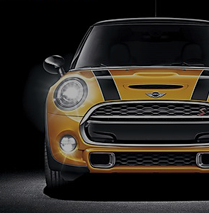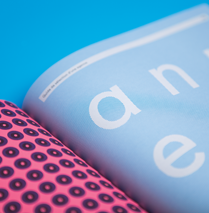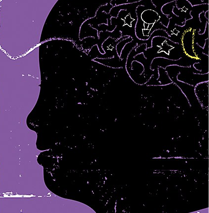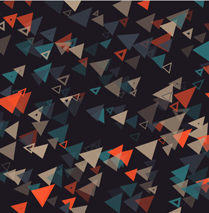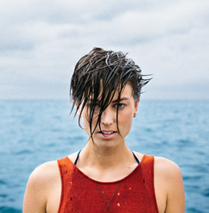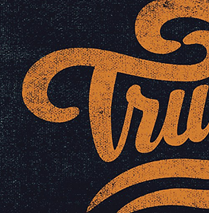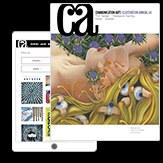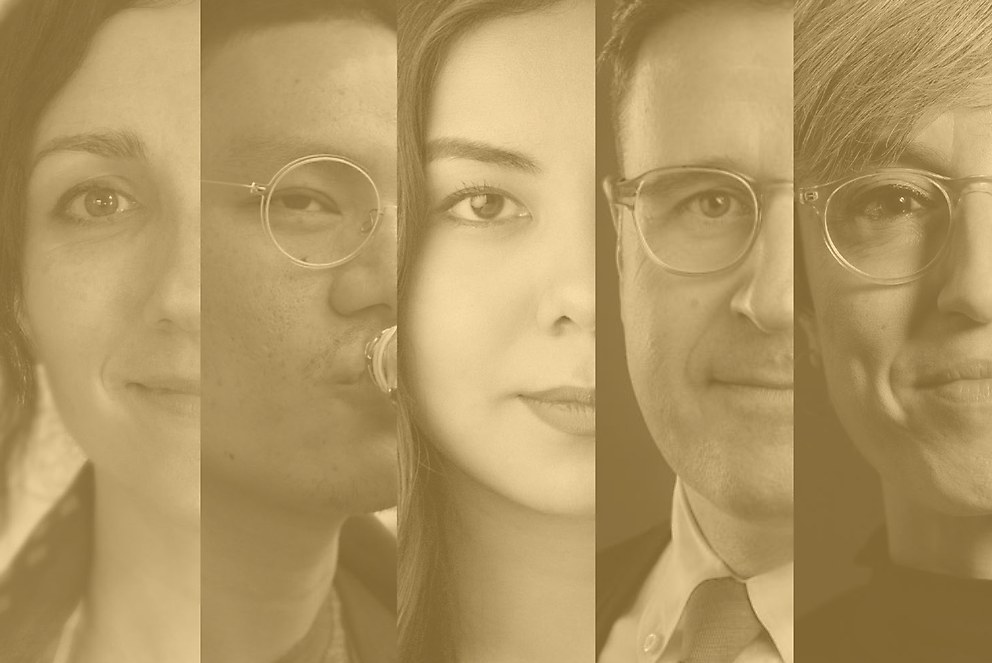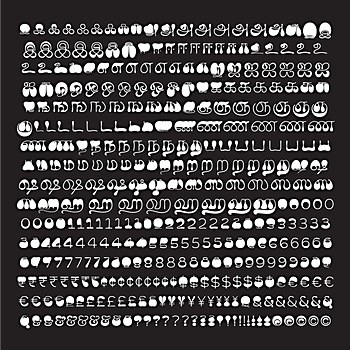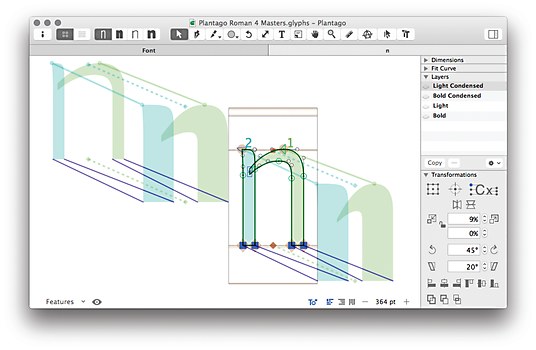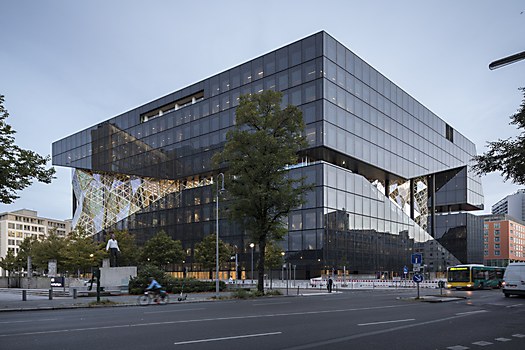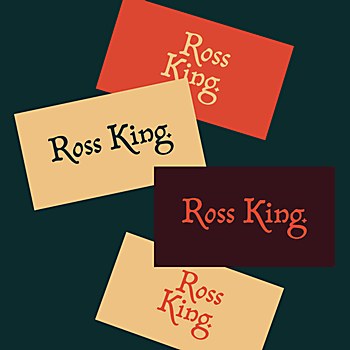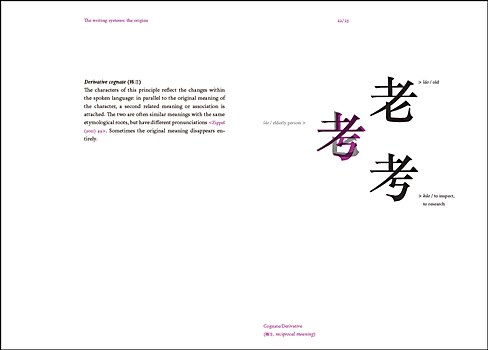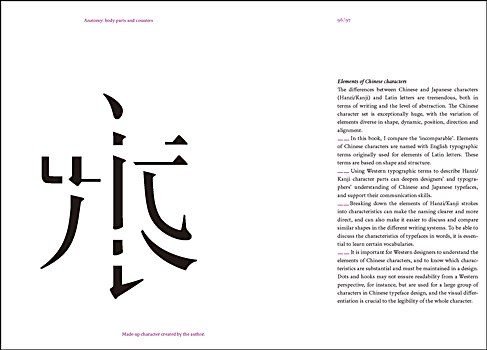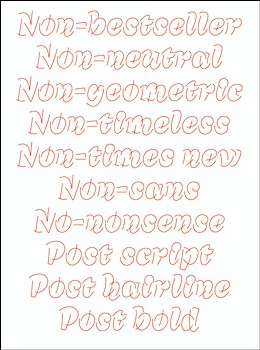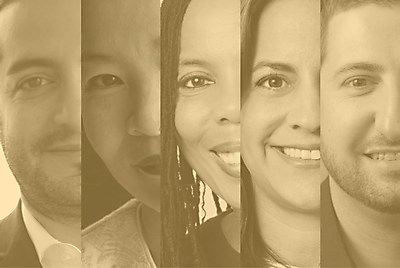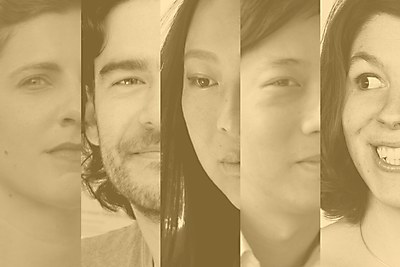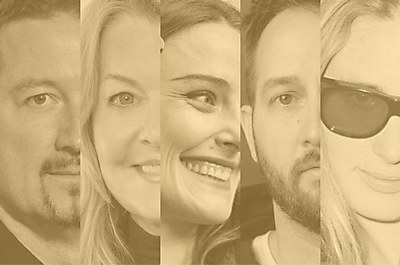The past in color: I visited the University of Chicago’s library with a guest pass a few years ago, and the world language stacks were filled with incredible examples of South Asian lettering from the 1950s to the 1990s. There were thousands of well-preserved, colorful book jackets that acted as time capsules for an experimental, exuberant era before digital typography made everything bland.
Focus playlist: You’ll find me listening to 20-minute-long Qawwali songs by Nusrat Fateh Ali Khan, lo-fi hip-hop by ChilledCow, or the same three songs on repeat for four hours.
Reassessment: In 2020, following the Black Lives Matter protests, there was an article from Alphabettes.org that called for designers to question their practice and ensure they are actively allowing space and opportunities for others. I’ve since reassessed my role in the Indic type scene and joined the TypeWknd team, which hopes to push toward a more inclusive type industry.
Mind-blowing work: Anagha Narayanan’s Ilai, a Tamil script typeface that makes use of variable font technology, morphing from ultra-distorted top- or bottom-heavy extremes with a delicate, organic middle stage. When animated, it looks like a lava lamp!


